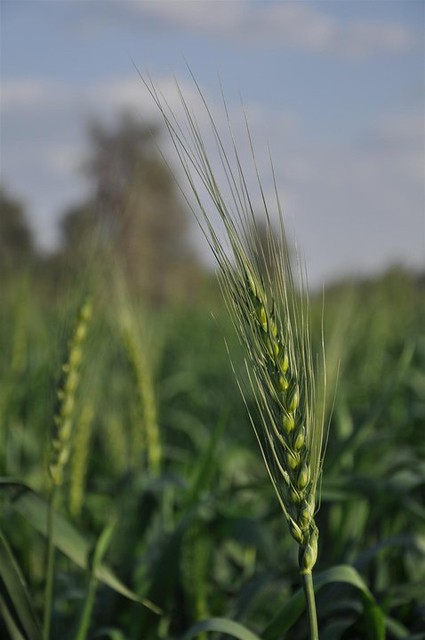 |
| Anti-nuclear protests in Japan, April 2011 Picture by VOA news on Wiki Commons |
As Japan tries to pick up the pieces left behind by the triple disaster, the earthquake, the tsunami and the Fukushima nuclear-plant explosions, which struck in March this year, the long-term implications are becoming evident.
The Japanese Prime Minister said it will take decades to clean up the damage and decommission the plant. The cost will include, not only the rubble-removal, rebuilding and decontamination, but the compensation to people affected, and the knock-on losses to industry and exports.



